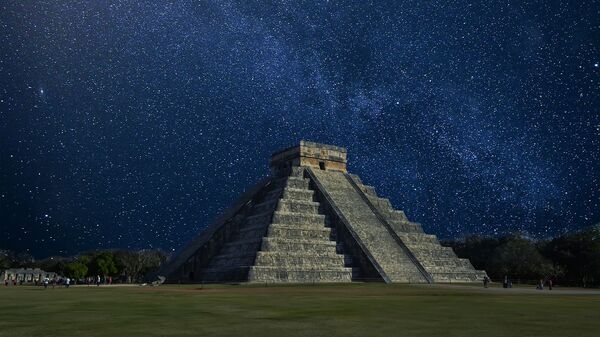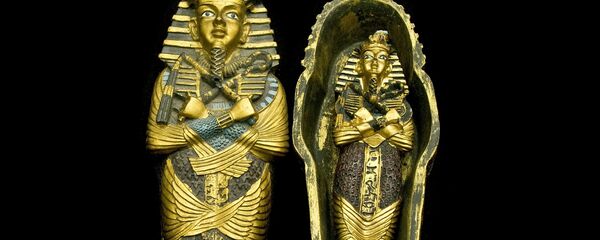The Mayan civilisation, shrouded in mystery, is known for a complex writing system as well as for its art, giant architecture, astronomical system, and calendar. In the 9th century these highly developed people started abandoning cities, which led to the collapse of their civilisation and scientists still don’t know the reason behind it. Here are five versions that researchers say may have caused the fall of the Maya.
They Poisoned Themselves (Not Intentionally)
Scientists from Guatemala and the United States claim that the Maya’s passion for adorning buildings with red pigment could have cost them their lives. A team has recently analysed layers of sediment in two central reservoirs in Tikal and discovered traces of phosphate, cyanobacteria, and mercury in them. Scientists are unaware of how phosphate and cyanobacteria got into the layers, however, they know how mercury ended up in water reservoirs.
The ancient Maya loved the colour red and used it extensively, including in decorating buildings, murals, rituals, and burials. The red pigment was derived from cinnabar minerals composed of mercury sulfide. Researchers assume it leaked into water reservoirs during rainstorms.
They Killed Each Other
For decades historians thought that the Maya were quite peaceful and only resorted to violence during rituals (they practiced human sacrifice). Researchers agree that internal conflicts did occur, but noted that they were not frequent. The narrative changed after a team of scientists from the United States discovered evidence of what they describe as an act of total war.
The team found an ancient inscription in the city of Naranjo, located in modern-day Guatemala. The text told about a spate of military campaigns against a neighbouring kingdom called Bahlam Jol. According to the inscription, the city was burned in 697 AD. The incident took place a year after another city was destroyed by fire during a conflict.
A Great Drought
Changes in climate are one of the obvious causes for the collapse of the Mayan civilisation. In 2018, an international team of scientists from Britain and the United States decided to confirm or disprove this theory. They conducted an isotopic analysis of Lake Chichancanab in Mexico to find out how much precipitation increased or decreased during the Terminal Classic period – the time when the ancient Maya started abandoning cities.
They discovered that during this period the annual amount of precipitation dropped between 50 and 70 percent, while humidity decreased by 2-7 percent. Previous reports claimed that during the Terminal Classic period central cities didn't see rain for several decades, prompting the Maya to head into the jungle.
Narrow Diet Failed Maya
This version is the consequence of the hypothesis we mentioned above. US scientists found that during the peak of the civilisation (8th century AD) both rich and poor Maya had a very diverse diet, which consisted of plants and animals. However, over the course of several centuries their diet narrowed, with ancient people more and more favouring a plant-based diet, centered around maize or corn. The trend with the new diet was reportedly started by the civilisation's upper classes.
So when the great drought hit the region it may have resulted in crop failure, which then could have led to hunger and consequently to the abandonment of cities.
Several of the Abovementioned Versions
Scientists also assume that not one, but several factors could have played a role in the fall of the Maya. The severe drought could have resulted in hunger in several cities and in turn could have started wars between the kingdoms, which then prompted the ancient Maya to abandon cities and later resulted in the collapse of civilisation.


